WHAT TYPE OF JEWELRY IS WATERPROOF
As a brand with multiple years of experience in the industry, it’s safe to say that we tested all possible materials and only have 100% waterproof items in stock. So now you probably wonder what makes jewelry waterproof and why does some jewelry tarnish? Well, we’re going to break it down to you. Jewelry can really elevate your everyday look and make your outfit stand out. Jewelry is also the number 1 gift for women around the world and will remain its popularity amongst all ages. Sadly, most jewelry is vulnerable to water. When such jewelry is exposed to water, it will rust, loose its shine and loose its colour. This is obviously something you want to prevent when looking for jewelry.
Knowing what jewelry is waterproof and what jewelry isn’t waterproof can help you make the right decisions when it comes to buying new jewelry. You then know what type of jewelry to buy and what type of jewelry to avoid. This way, you’re ensured your jewelry won’t lose its colour and that it will last longer and maintain its value.
Jewelry materials that aren’t waterproof:
Let’s start with the jewelry materials that aren’t waterproof and that you should avoid or take special care of.
Silver jewelry: when exposed to water, soap and other chemicals – such as chlorine -, silver will react to it and it will lose its shine. If silver is exposed to water regularly, it can even become black, regardless how well you treat your jewelry. Silver isn’t waterproof and you should make sure to take it off before any sweaty or wet activities.
Brass jewelry: brass is one of the cheapest jewelry materials on the market and therefore very commonly used by fast fashion companies. It is vulnerable to water, as it will build up a layer that will change the looks of its surface. Brass will look more dull overtime.
Jewelry materials that are waterproof:
So what materials should you look for if you’re looking for waterproof jewelry? We break it down for you in this list.
Stainless steel jewelry: stainless steel is a very hard material and comes in different grades and is an alloy of iron and carbon. Stainless steel is an extremely durable material and doesn’t rust. It is very easy to clean and doesn’t react to soap. Stainless steel is an affordable, durable material, which makes it very popular for waterproof jewelry. Unlike other softer materials, stainless steel can withstand most daily activities without scratches and corrosion.
Platinum jewelry: Platinum jewelry is waterproof, it doesn’t tarnish and never gets oxidized. However, it can be pretty expensive, resulting in it being less popular than stainless steel.
Titanium jewelry: Titanium is the hardest and purest form of metal that is used for jewelry. Titanium won’t be affected by rust and won’t discolor. It’s a great material for producing jewelry. The only con to titanium jewelry is that it is quite expensive.
Now that you know all about what jewelry materials you want and what jewelry materials to avoid, we’re going to talk about E-Coating.
E-Coating is a transparent layer which will protect your pieces. So now you wonder, what exactly is E-Coating and how does it work? Well, E-Coating is a thin, transparent layer of resin that is placed on the surface of your jewelry. This coating will fully protect your jewelry from sweat, water and other liquids that may result your jewelry into tarnishing.
E-Coating is a long, labor-intensive task that takes multiple steps. First the jeweler has to prepare the surface of the jewelry piece, add the e-coating itself and a final post-processing fase, which makes sure the coating Is fully bonded to the surface of the jewelry.
With its durable and long-lasting benefits, E-Coating, in combination with stainless steel, is the perfect solution if you’re looking for waterproof jewelry and don’t want to take off your jewelry all the time.
Another amazing invention is PVD-plating. There are several methods available for plating jewelry and many of them result in short-term joy. We just spoke about protecting your gold-plated layer with an E-Coating, but what about a plating so strong that it doesn’t need that coating? That’s when PVD comes to mind.
So what is PVD-plating? PVD-plating is also known as Physical vapor deposition. This technique blasts gold onto stainless steel at an extremely high temperature. During this process, the gold evaporates in a vacuum at extreme temperatures and then condenses around the other metal molecule by molecule.
The advantages of PVD-plating can include the increased durability of the gold colour. However, it is still not as popular as the usual gold plating method, because its very time consuming for the factory and its more expensive. However, it is an amazing option, because it is still quite affordable, considering that your jewelry pieces will last a lot longer since the plating is 10 times thicker than the traditional gold-plating.
At LORI-LORI, we only use stainless steel with either E-Coating or PVD-plating, resulting in long-lasting joy with your pieces. If you have more questions about the durability of our products, do not hesitate to contact us at support@lori-lori.com


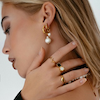

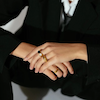


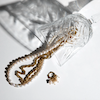
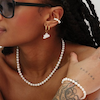





 clip on earrings
clip on earrings
 rings
rings
 necklaces
necklaces
 earrings
earrings
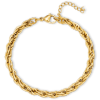 bracelets
bracelets
 hair
hair
 accessoires
accessoires
 waterproof
waterproof
 pearls
pearls
 new
new
 shop all
shop all
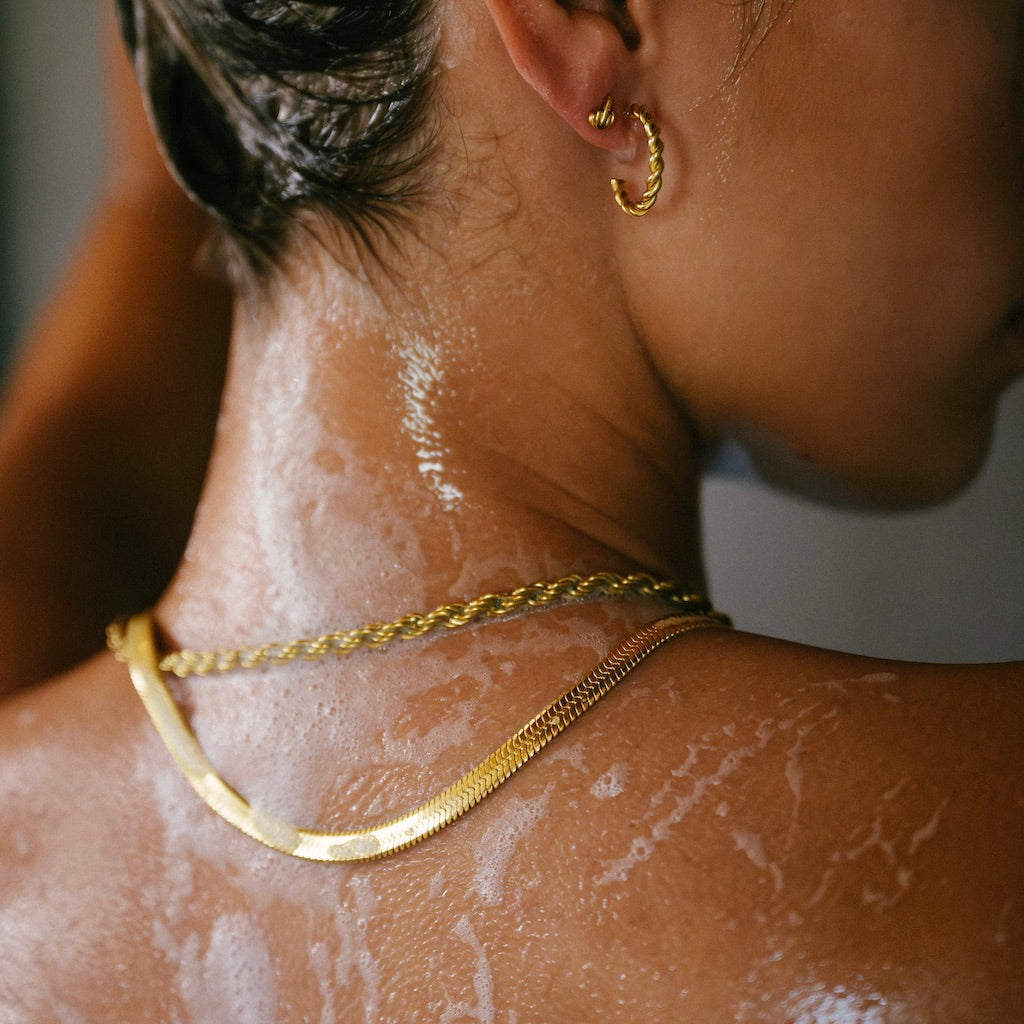
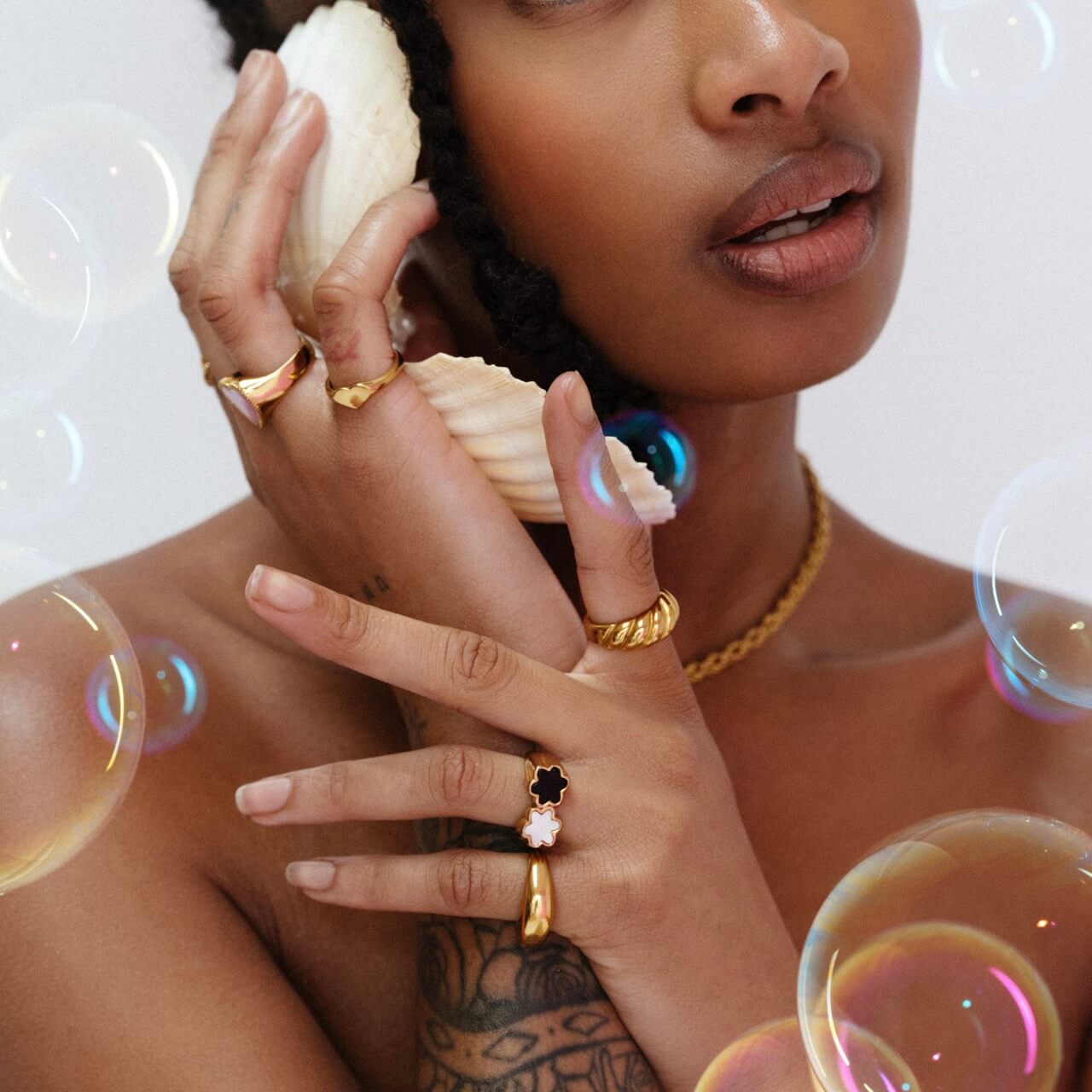









Leave a comment
This site is protected by reCAPTCHA and the Google Privacy Policy and Terms of Service apply.